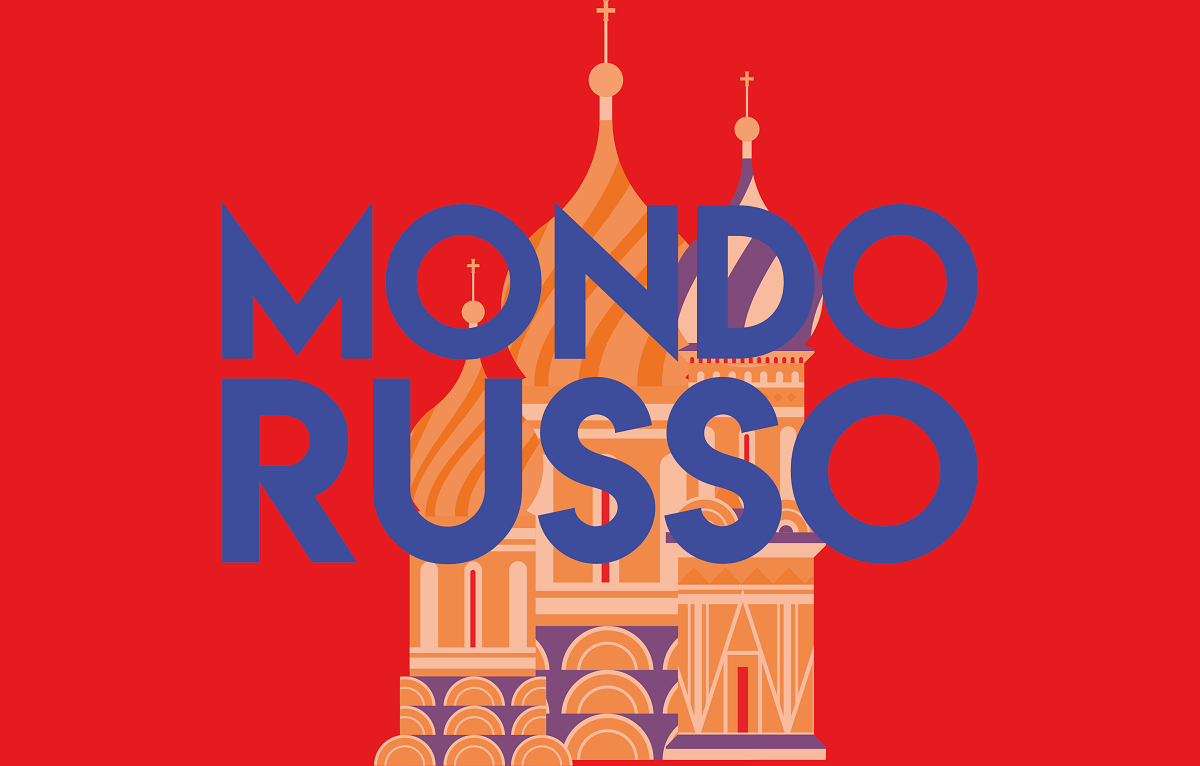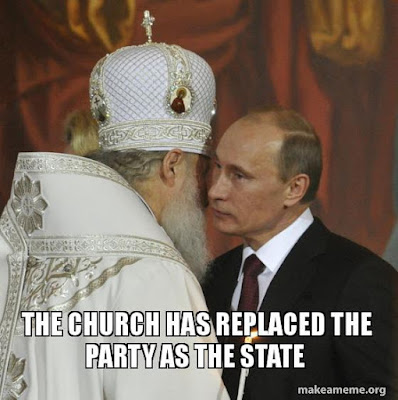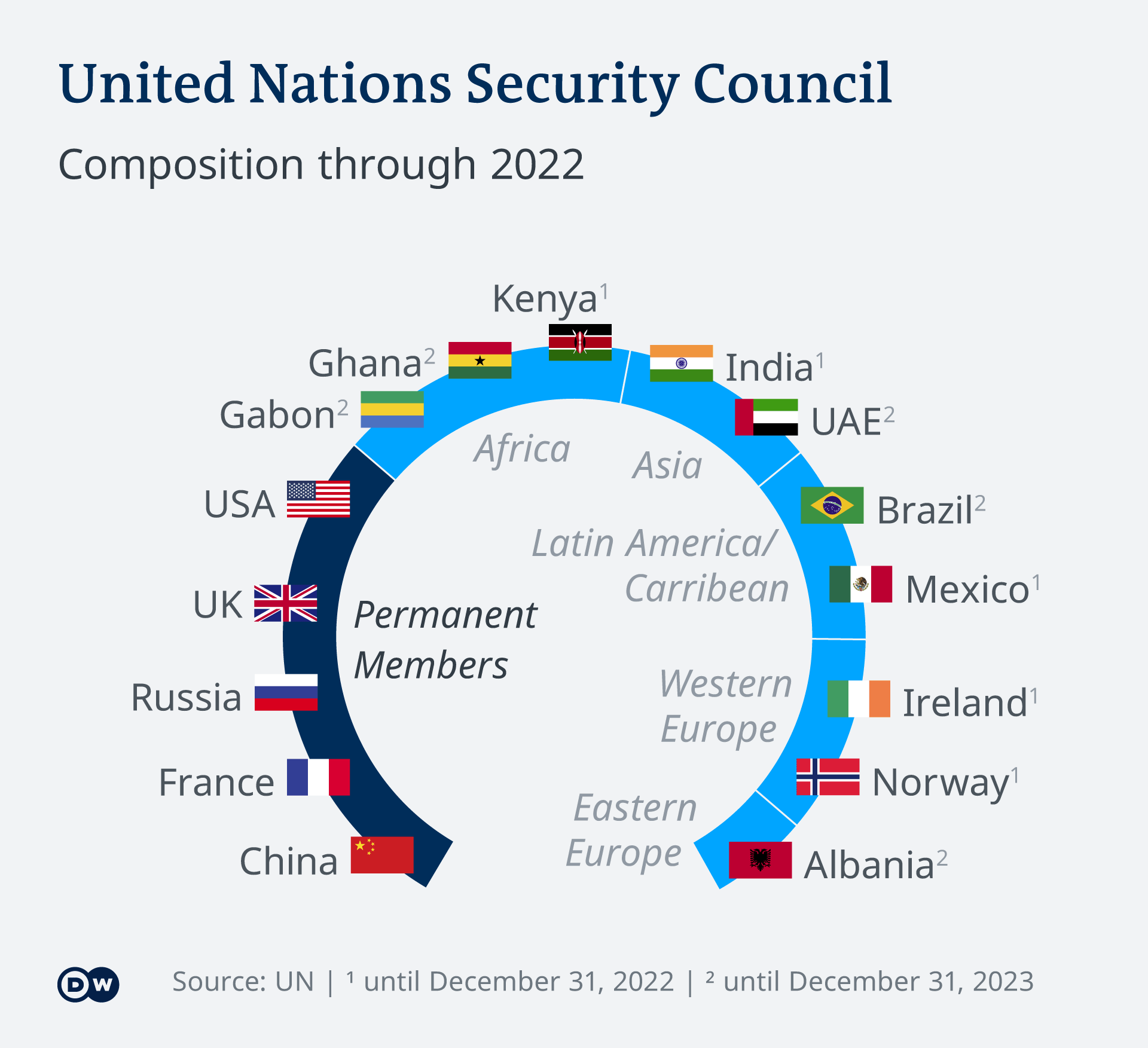by Stefano Caprio
The mission of the two Thessalonian brothers is indeed a prophecy not only of the development of the peoples of Eastern Europe, but even of their conflicts. Well before the Baptism of Kiev in 988, the endless wars between Russians and Poles, up to the present conflict, Europe had remained unfinished. And their language remained 'written on water' and blood, waiting for a new miracle of peace.

In recent days, Patriarch Kirill of Moscow (Gundjaev) commented on the memory of saints Cyril and Methodius, "equal to the apostles", also known as the "masters of the Slavs", whom the Orthodox Church celebrates on 24 May and whom the Polish pope, John Paul II, wanted as Catholic patrons of Europe.
The Patriarch reiterated the themes he has expounded on in several homilies during this dramatic period of war, recalling the common roots of the Slav peoples, and in particular of Russians and Ukrainians and of "all the states on whose territories the Russian Orthodox Church exists and acts, where I hope we can strengthen that communal faith (sobornaja) that the holy Masters have embedded in the depths of the Slav people's experience".
The mission of the two Thessalonian brothers is truly a prophecy not only of the development of the peoples of Eastern Europe, but even of their conflicts. They were sent by the Byzantine Emperor Michael III in the year 862, at the request of Prince Rostislav, leader of the Slavs of Great Moravia, who had vainly sought an audience with Pope Nicholas I in Rome. The latter did not believe in the sincerity of these barbarians who wanted to become Christians.
Cyril's name was still Constantine, he was a philosopher and man of letters at the pinnacle of Constantinople's culture, and he decided to bring his brother, the monk Methodius, who shared with him his Macedonian origins and knowledge of the Slavic dialect, which they elevated to the dignity of an official, even liturgical language. He expressed his doubts to the emperor that the task might be as futile as 'writing words on water'. Instead, they succeeded in inventing an alphabet, Glagolitic, which was later replaced by Cyrillic, and performed the miracle of having it approved by both Rome and Constantinople, uniting Eastern and Western Europe.
The two brothers arrived in Rome just before Christmas in the year 867, travelling along the ancient Roman road known as the Flaminian Way, and instead of the hostile Nicholas I they found another pope, Hadrian II, elected a month before their arrival. He solemnly welcomed them at the Porta Flaminia, as they were carrying the remains of Saint Clement, the fourth pope of Rome chosen by Saint Peter himself, from the Crimea.
The Slavs became heralds of a universal Christianity, and the martyr's relics still rest in the extraordinary basilica of St Clement, together with those of Constantine himself, who fell ill in Rome and took monastic vows before dying, taking the name Cyril, the same name taken in his honour by the current patriarch of Moscow.
Methodius was sent by the pope to Moravia with the dignity of archbishop, but was blocked and imprisoned by the Bavarian bishops, who considered him an usurper of their territory. With great difficulty he managed to be freed, but had to take refuge with his disciples in more southern territories, Macedonia and Bulgaria, which remained vassals of the Byzantines.
The dream of the great sobornaja unity of the Slavs, evoked by Kirill of Moscow, was left hanging over a divided reality, the Catholic West Slavs (Poles, Czechs, Slovaks, Slovenes and Croats) against the Orthodox East Slavs (Bulgarians, Serbs, Macedonians, Russians), with a series of 'in-between' territories marking their incommunicability: the Finno-Ugric Baltics, the Hungarian Magyars, the Latin Wallachians and Moldavians (now Romanians), and above all then the Ukrainians, a border people who assume in themselves elements of both sides.
Well before the Baptism of Kiev in 988, the endless wars between Russians and Poles, Russians and French, Russians and Germans, up to the present conflict, Europe had remained unfinished and divided, and even today it is still unable to piece together the whole picture. The language of Cyril and Methodius remained 'written in water' and blood, waiting for a new miracle of peace and unity between 'brother' peoples.

Patriarch Kirill wished on the occasion of the feast to express his thanks to the Orthodox metropolitans and bishops, both Russian and from other nations, who have expressed solidarity with him in recent times. Indeed, he is well aware that the division of the war is closely linked to divisions in the Churches and in the Orthodox Churches, which are leaving the Moscow Patriarchate in an increasingly uncomfortable and isolated condition.
Kirill recalled the patriarchs of the past who have "expressed personal ideas, even very interesting ones", but ended up provoking further schisms and conflicts, such as that of the Old-Believers in the 17th century because of a patriarch, Nikon (Minin) who claimed to rule even over the tsar, and was eventually dismissed by a local synod, as many would like to see happen to Kirill himself.
So Kirill justified himself by saying that 'the main task of the patriarch is not to generate ideas and try to propose them to the people of believers, but first and foremost to guarantee the unity of the episcopate, and through it the unity of the whole Church'. These words sound like a surrender to the official ideology, which imposes military action as an indispensable act to reunite the historical peoples of Russia, without any other "interesting ideas" and discordant opinions.
In fact, the Patriarch insists, 'we live in a time of great suffering, when external forces seek to destroy the unity of the Russian Orthodox Church, and tear our Church in Ukraine from the fullness of the Russian Church... I pray every day, that the Lord will give strength to our brothers who are thus subjected to hard trials, that they may preserve their fidelity'.
The Patriarch casts all the blame on the 'external enemies who seek followers and supporters within our Church', and want to destroy true Russian Orthodoxy. He recalls when 'we resisted together the most dangerous pressures at the time of state atheism and were able to guard the purity of our Church from all temptations and dangerous ideas', the times when he himself trained as a young bishop collaborating with the Soviet regime, when Ukrainians in dissent from Moscow, especially Greek Catholics, were harshly persecuted. He now says he 'feels the weight of the patriarchal cross', aware that a decisive game is being played for the future of Orthodoxy.
The Ukrainian autocephalous Church, detached from Moscow because of the 'external enemies' condemned by Kirill, the first of whom is the Patriarch of Constantinople Bartholomew II, came together on the very day of Saints Cyril and Methodius in a synod held in the cathedral of St Sophia in Kiev, the mother-church of Russian Orthodoxy. After pointing out that several hundred Moscow parishes have already passed under the leadership of Kiev, Metropolitan Epifanyj (Dumenko) made an explicit appeal "to the hierarchs, clergy and faithful of the jurisdiction of the Moscow Patriarchate in Ukraine" to unite in the single independent Church, and together appeal to Constantinople, the other ancient patriarchates and all the Orthodox Churches in the various countries to demand the dismissal of Kirill.
It should "bring the Russian Patriarch to answer canonically for spreading the heretical teaching of ethno-filetism" - religious nationalism - "on the basis of the ideology of the Russian World, which has led to the blessing of the Russian armies in the war in Ukraine and to provoke schisms in Orthodoxy at every latitude, particularly after the creation of Russian eparchies on the canonical territory of the Patriarchate of Alexandria".
Autocephalous Ukrainians cite as an example to follow the behaviour of the Church of Serbia, which in recent days recognised from Belgrade the autocephaly of the Church of North Macedonia, already blessed as canonical by the Ecumenical Patriarchate. Indeed, the peaceful reconciliation and separation between Serbs and Macedonians has something of the miraculous, and must be considered largely an effect of the Ukrainian conflict.

For years, the Serbs had in turn threatened to have to intervene even by force, something they proved to be no less capable of doing than the Russians already thirty years ago, fighting for Kosovo 'the homeland of the local Orthodox Church'. Then they tried to prevent the division of a part of their Church, formed by the union of various jurisdictions just like in Ukraine, into a State that Serbia tried in turn not to recognise and that became independent with no less uncertainty and suffering than Kiev, North Macedonia of Skopje and Ohrid, ancient cities with Orthodox schools that taught Cyrillic to all the other southern and eastern Slavic peoples.
The Slavic apostle Methodius and his disciples had in fact taken refuge in the Balkans and Macedonian territories, from which the two brothers had departed at the beginning of the mission. The first to attempt to create independent ethnic patriarchates were the Bulgarians and the Serbs, who were stifled first by the Byzantines and then by the Ottomans; the Russians have for a thousand years pretended to interpret this aspiration of the Slavs for unity free from any other master, ending up in turn becoming masters of other Slavs who do not want to submit to them. What is at stake is not only Orthodoxy and its many jurisdictions, among which Catholics try to fit in with varying fortunes as brothers and mediators; it is the whole of Europe that must rediscover the sense of its own history, its own unity, its own faith.




/cloudfront-us-east-1.images.arcpublishing.com/gray/QH35BDW3WWE6UQHDANVY7SKMNA.jpg)





